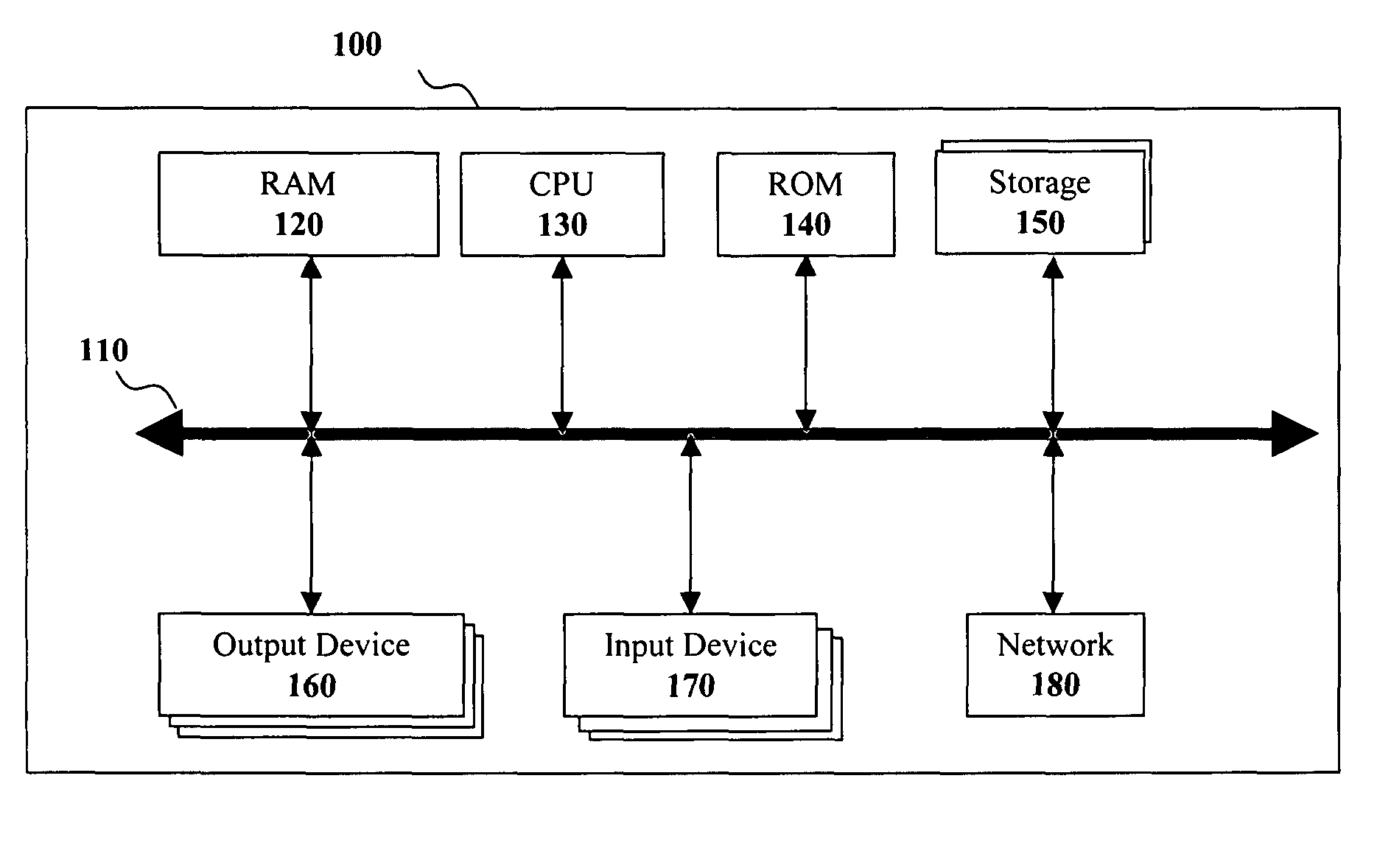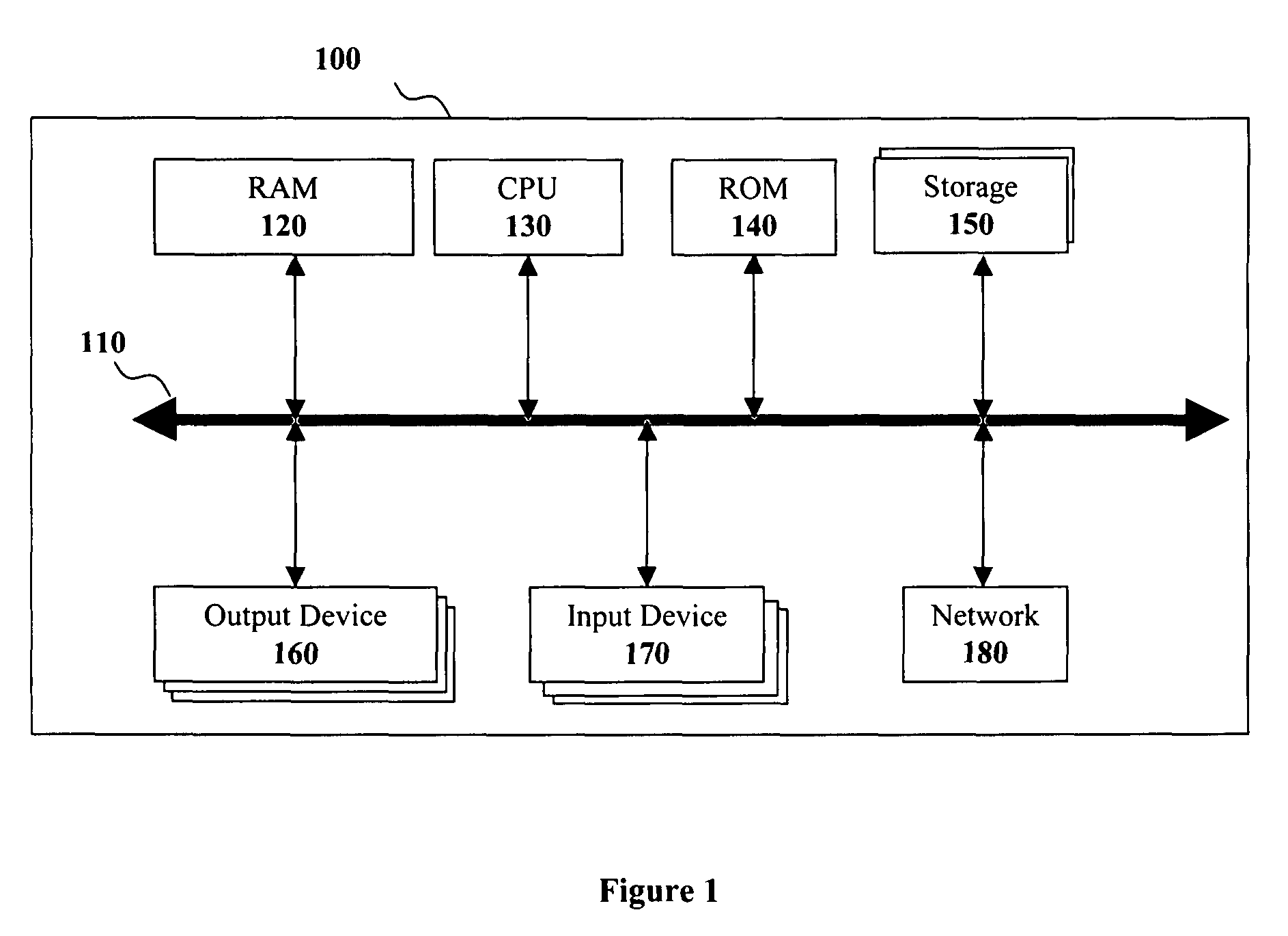System and method of maximizing integrated circuit manufacturing yield with fabrication process simulation driven layout optimization
a technology of layout optimization and fabrication process, applied in the direction of cad circuit design, program control, instruments, etc., can solve the problems of high overall cost of good ics, poor fabricated ics, and insufficient accuracy of semiconductor structures to ensure correct circuit operation. , to achieve the effect of maximizing manufacturing yield
- Summary
- Abstract
- Description
- Claims
- Application Information
AI Technical Summary
Benefits of technology
Problems solved by technology
Method used
Image
Examples
Embodiment Construction
[0041]This invention relates to an integrated circuit mask layout optimization system and an integrated circuit mask layout optimization method, and more to a methodology for maximizing manufacturing yield by using automatic layout optimization driven by IC fabrication process simulation and layout fabrication process compliance analysis. The present invention describes a system and a method of representing layout using a set of variables; formulating metrics of fabrication process quality which is directly correlated to manufacturing yield through LFPCA; identifying a function of sensitivity of each variable representing design to the metrics of LFPCA quality and formulating an optimization problem to maximize manufacturing yield by changing the variables representing a design mask layout data within predefined ranges and within the constraints imposed by design rules and other requirements; iterating the procedure in order to converge to a final optimized result.
[0042]In the prefe...
PUM
 Login to View More
Login to View More Abstract
Description
Claims
Application Information
 Login to View More
Login to View More - R&D
- Intellectual Property
- Life Sciences
- Materials
- Tech Scout
- Unparalleled Data Quality
- Higher Quality Content
- 60% Fewer Hallucinations
Browse by: Latest US Patents, China's latest patents, Technical Efficacy Thesaurus, Application Domain, Technology Topic, Popular Technical Reports.
© 2025 PatSnap. All rights reserved.Legal|Privacy policy|Modern Slavery Act Transparency Statement|Sitemap|About US| Contact US: help@patsnap.com



